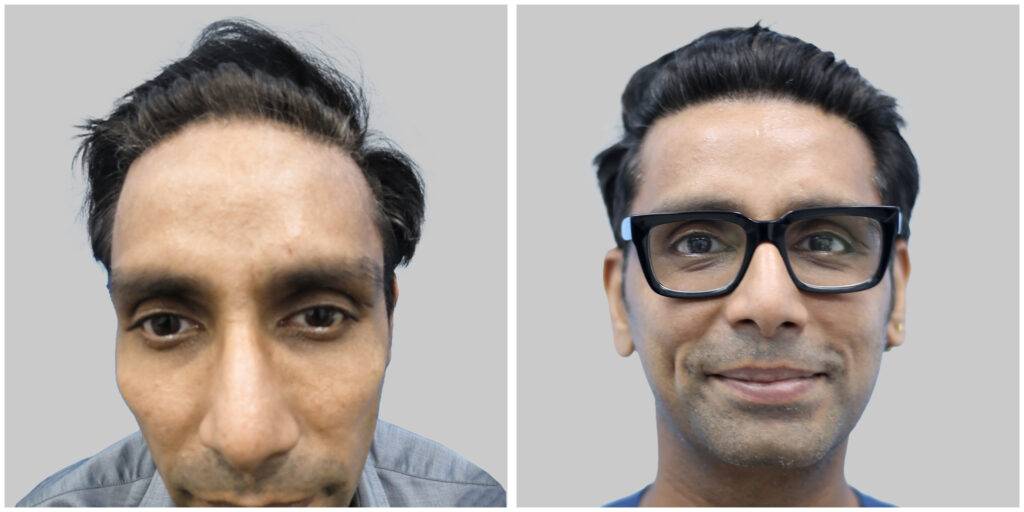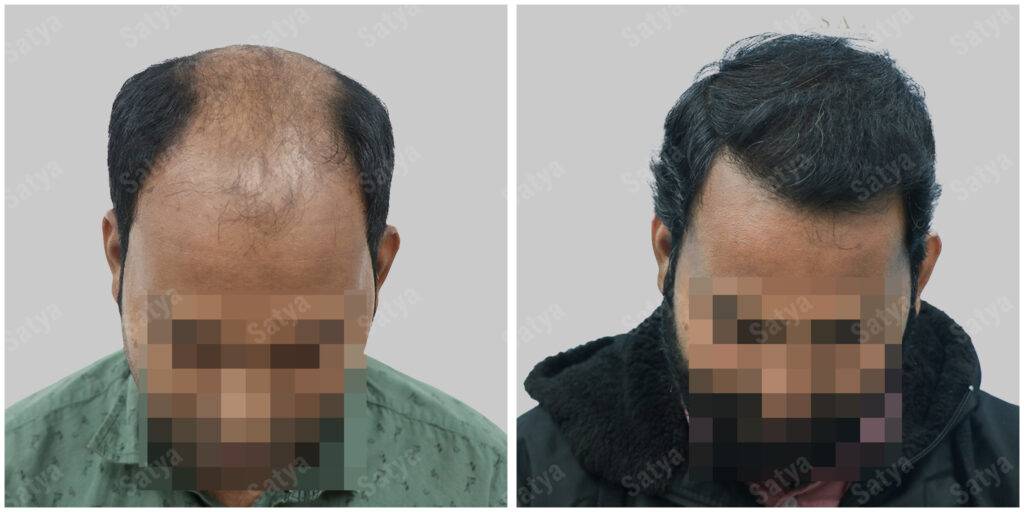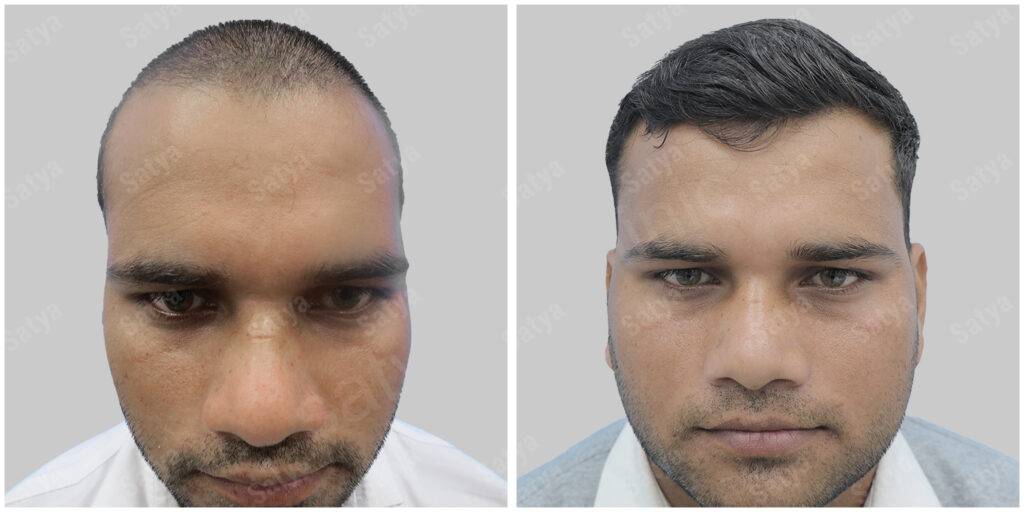Hair Cloning
Hair Restoration: The Fascinating Science of Hair Cloning
When it comes to the age-old struggle against hair loss, a revolutionary solution is on the horizon: hair cloning, or what scientists refer to as regenerative hair therapy. The concept involves extracting healthy hair follicles cells from a person, multiplying them in a laboratory setting, and then implanting them back into the scalp to generate new hair growth. While the idea of hair cloning holds great promise for addressing hair loss, it is still just an experimental project and an area of ongoing
Exploring Hair Cloning Techniques
Hair Follicle Cell Cultivation:
Diving into the world of hair cloning, one of the techniques stealing the spotlight is the cultivation of hair follicle cells. This intricate process involves delicately plucking or biopsying healthy hair follicle cells from the scalp. Subsequently, these cells are meticulously nurtured and multiplied within laboratory confines. Once multiplied, the cells can potentially be injected or implanted into the balding areas to stimulate new hair growth.
Tissue Engineering:
Tissue engineering approaches involve combining hair follicle cells with scaffolds to promote their growth and development. The scaffolds provide a supportive environment for the cells to proliferate and differentiate into functional hair follicles that can be transplanted
Stem Cell Therapy:
Stem cells, with their ability to differentiate into various cell types, including hair follicle cells, are being explored for their potential in hair cloning. Researchers are investigating the use of different types of stem cells, such as dermal papilla cells, mesenchymal stem cells, and pluripotent stem cells, to generate new hair follicles.
Factors and Signaling Molecules:
Growth factors and signalling molecules play crucial roles in hair follicle development and regeneration. Researchers are studying the effects of various growth factors, such as Wnt proteins and vascular endothelial growth factor (VEGF), to induce hair follicle formation and promote hair growth.
Challenges on the Approach of Hair Cloning:
It’s important to note that hair cloning is still in the experimental stage, and significant challenges need to be overcome before it becomes a mainstream treatment option. These challenges include ensuring the proper functionality and integration of cloned hair follicles, achieving consistent and reliable results, and ensuring the long-term safety and efficacy of the procedure.


The Present Reality with Hair Cloning:
Book an appoinment
Consultation

Repair

Blog

Galleries

Frequently Asked Questions
The cost of any medical procedure can be influenced by factors such as the location of the clinic, the expertise of the medical team, the extent of hair loss, and the specific techniques or technology used.
Yes, hair follicles can potentially be cloned through a process known as hair follicle cloning or hair multiplication. This is an area of ongoing research and development in the field of regenerative medicine and hair restoration.
Hair cloning was still in the experimental and research stages. Hair cloning, also known as hair multiplication or hair regenerative therapy, aims to create new hair follicles from a person's own cells and implant them to treat conditions like male pattern baldness.




